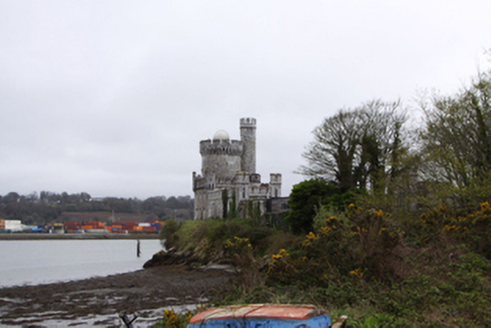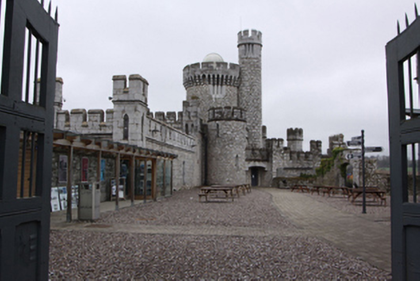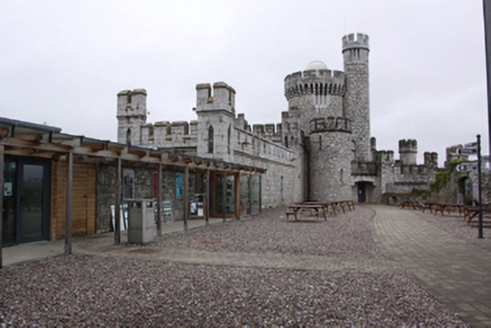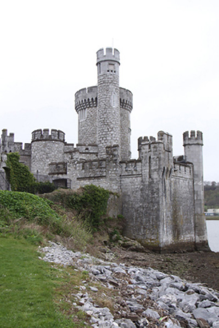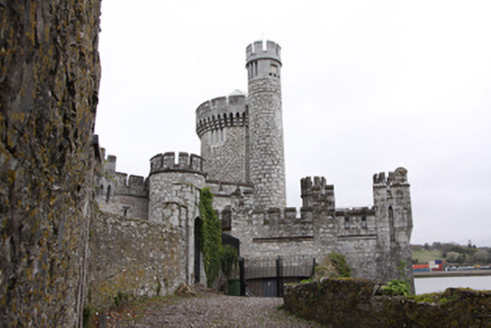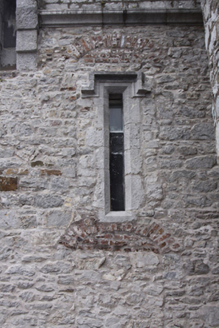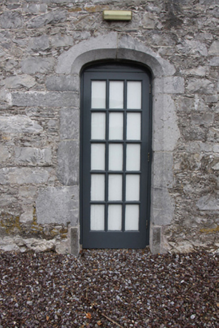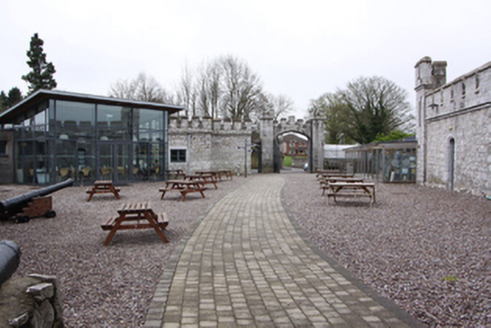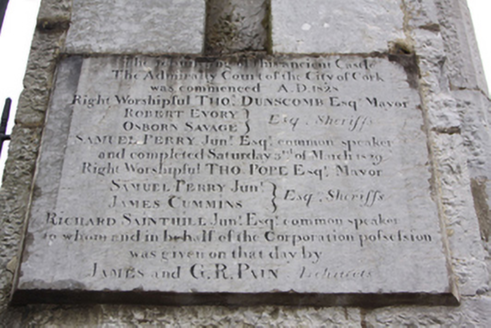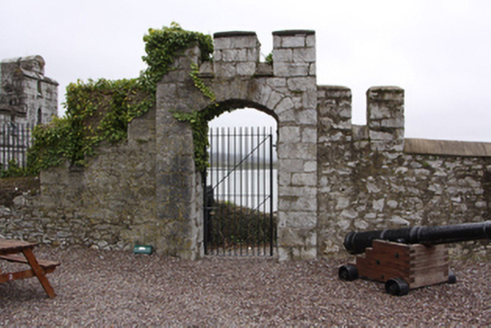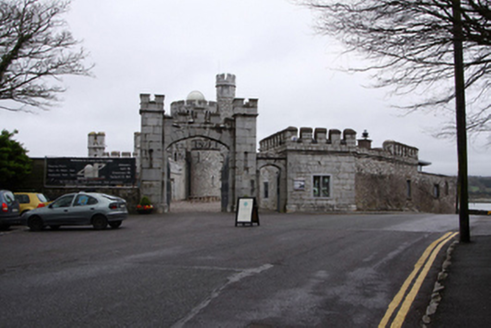Survey Data
Reg No
20864028
Rating
National
Categories of Special Interest
Archaeological, Architectural, Artistic, Historical, Social, Technical
Previous Name
Black Rock Castle
Original Use
Fortification
Historical Use
Lighthouse
In Use As
Observatory/telescope
Date
1825 - 1830
Coordinates
172347, 72005
Date Recorded
04/04/2011
Date Updated
--/--/--
Description
Detached castellated fortification, re-constructed 1829, having circular five-storey crenellated tower to the north-west on to the Lee River with two crenellated towers to south set in courtyard bounded by curtain wall with single- and two-storey buildings. Retaining elements of earlier phases of building. Restored and converted to use as an observatory with a new building constructed to the south-east, c.2005. Squared coursed limestone walling with cut limestone crenellations, capping stones and stringcourses. Double lancet windows in square-headed openings with hood mouldings to the second and third floors of the north side of the large tower having stone mullions and tracery. Smaller lancet and narrow square-headed window openings to the remainder of the buildings having small pane timber casements and some hood mouldings. Replacement sheeted timber door to depressed three-centred-arched opening and two glazed and timber doors in elliptical-arched openings, all leading on to courtyard. Pointed arch gateway to river set in gatehouse with cut limestone crenellated turrets to corners. Rubble limestone curtain wall with remnants of lime render to southern wall. Pedestrian gateway to east set in crenellated limestone surround. Crenellated gateway in south wall comprising Tudor-arched opening set in ashlar limestone crenellated wall flanked by ashlar limestone crenellated towers with timber gates. Pedestrian gateway to east. Set on south bank of river, overlooking the harbour.
Appraisal
This landmark building has undergone a number of reconstructions since the first tower was built on this site, c.1582. The present building mainly dates from 1828-29 when the building was rebuilt under the direction of James and George Richard Pain. The castle embodies a huge amount of architectural and social history gathered over five centuries during which time the building was used as a defence fortification to guard the river, a sentinel tower to guide shipping, a light house, a private residence, a restaurant and now an observatory. The limestone construction displays fine craftsmanship in its stonemasonry with different techniques and phases of development visible throughout the building.
